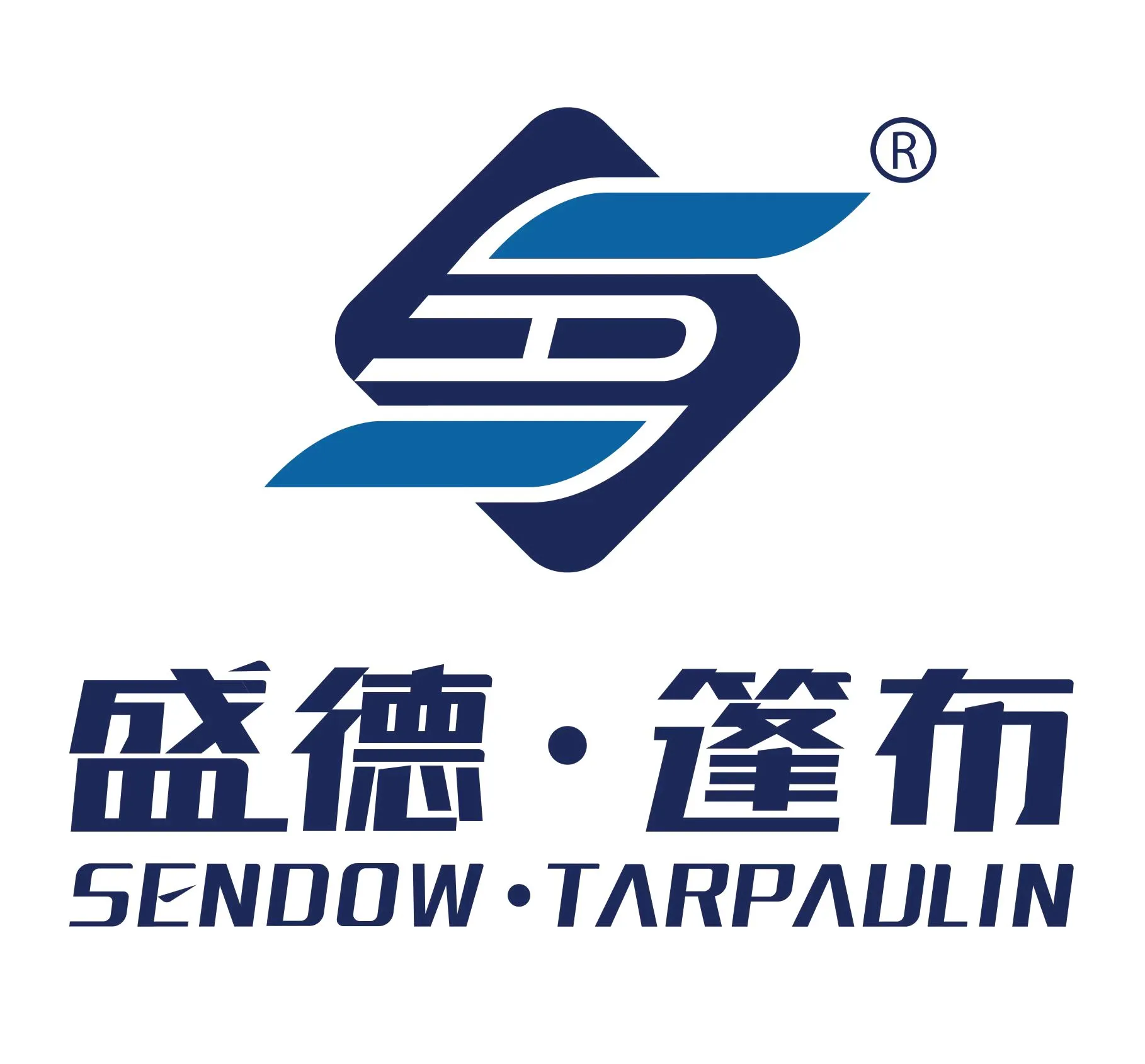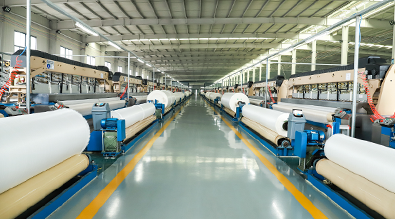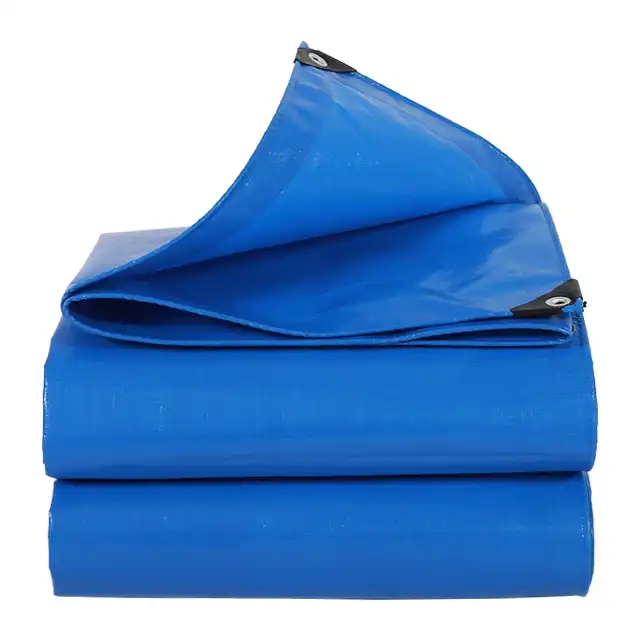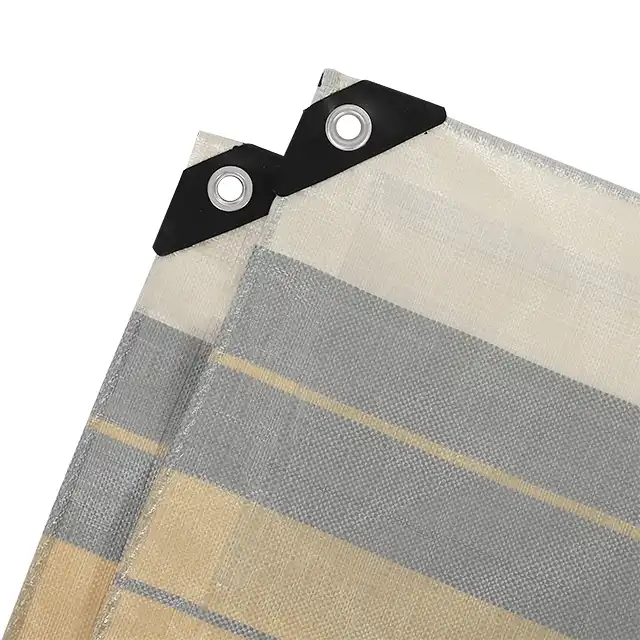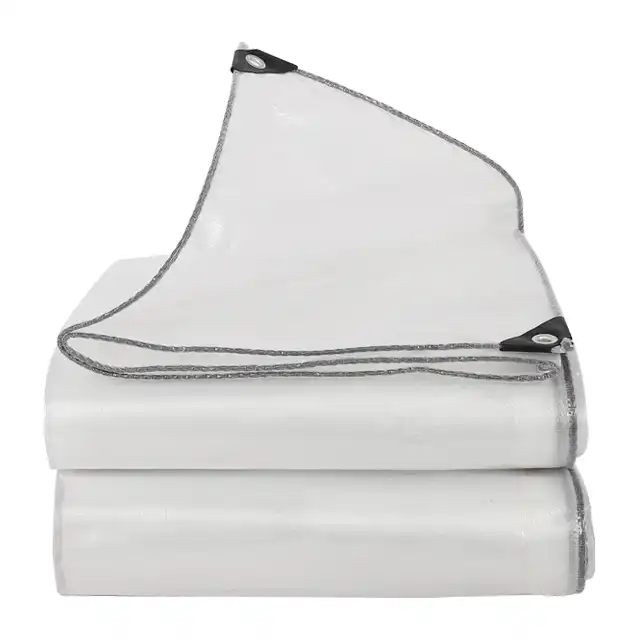How to Glue Poly Tarps Together?
Poly tarps are versatile protective materials used in countless applications, from construction sites to outdoor events. However, sometimes you may need to join multiple poly tarps to create a larger coverage area or repair a damaged section. Understanding the proper techniques for gluing poly tarps together is crucial for ensuring a strong, durable, and weather-resistant connection that maintains the integrity of your tarpaulin.
Understanding Poly Tarp Adhesion Fundamentals
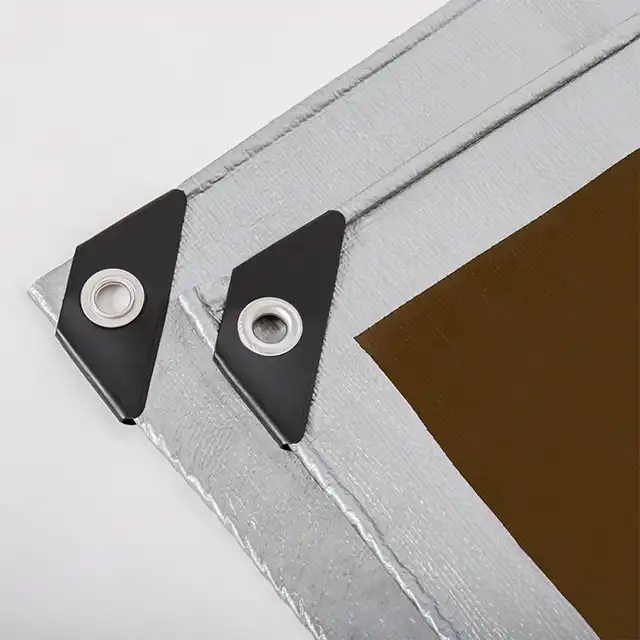
The Science of Poly Tarp Material Bonding
Polyethylene (PE) tarpaulins present unique challenges when it comes to adhesion due to their inherent material properties. These tarps, typically manufactured using high-density polyethylene (HDPE) woven fabric with a low-density polyethylene (LDPE) coating, are designed to be water-resistant, tear-resistant, and highly durable. The smooth, non-porous surface that makes poly tarps excellent for weather protection also makes them difficult to bond using traditional adhesives. Professional tarp manufacturers like Linyi Shengde Plastic Co., Ltd understand that achieving a reliable bond requires specialized techniques and carefully selected adhesives. Their expertise in producing high-quality PE tarpaulins with specifications ranging from 100gsm to 180gsm and thicknesses between 7-12 mil demonstrates the complexity of working with these materials. The molecular structure of polyethylene creates a low-energy surface that repels most standard adhesives. This characteristic means that standard glues and tapes often fail to create a lasting bond. Successful adhesion requires understanding the material's unique chemical composition and selecting adhesives specifically designed to overcome these bonding challenges.
Chemical Compatibility and Surface Preparation
Effective poly tarp bonding begins with meticulous surface preparation. The surface must be thoroughly cleaned, removing any dirt, dust, debris, or residual coatings that could interfere with adhesion. Professional-grade cleaning involves using specialized solvents that can cut through the polyethylene's protective coating without damaging the underlying material. Mechanical surface treatment can also improve adhesion potential. Techniques like light abrasion using fine-grit sandpaper can create microscopic texture that allows adhesives to grip more effectively. However, this process must be executed with extreme care to prevent compromising the tarp's structural integrity or waterproofing capabilities.
Thermal Bonding Techniques
Advanced poly tarp manufacturers employ thermal bonding techniques that leverage heat and pressure to create seamless connections. These methods can be particularly effective for industrial-grade tarpaulins used in applications like truck covers, agricultural protection, and construction site coverings. Thermal welding techniques involve carefully controlled heat application that partially melts the polyethylene surfaces, allowing them to fuse together. This method requires specialized equipment and precise temperature control to ensure a strong, uniform bond without compromising the tarp's mechanical properties.
Selecting the Right Adhesive for Poly Tarps
Specialized Adhesive Technologies
Not all adhesives are created equal when it comes to bonding poly tarps. Industrial-grade polyethylene adhesives represent a sophisticated category of bonding agents specifically engineered to overcome the material's inherent resistance to traditional gluing methods. Specialized polymer-based adhesives with high initial tack and long-term elasticity provide the best results. These advanced formulations can penetrate the tarp's surface at a molecular level, creating a bond that maintains flexibility and resists environmental stressors. Brands that produce poly tarps like Linyi Shengde Plastic Co., Ltd understand that adhesive selection is critical to maintaining the tarp's performance characteristics. Professional-grade adhesives used in poly tarp bonding often incorporate proprietary technologies that enhance UV resistance, waterproofing, and overall durability. These formulations can withstand extreme temperatures ranging from arctic conditions to intense heat, ensuring the bonded sections maintain integrity across diverse environmental conditions.
Application Methods and Best Practices
Proper adhesive application requires a systematic approach that considers material properties, environmental conditions, and intended use. The application process involves multiple critical steps beyond simply applying an adhesive to the surface. Factors such as ambient temperature, humidity, and surface cleanliness significantly impact bonding effectiveness. Professional technicians often use controlled environment chambers to ensure optimal conditions during the adhesion process. This level of precision ensures that the bonded poly tarp sections can withstand the demanding applications for which they are designed.
Performance Testing and Quality Assurance
Rigorous testing protocols are essential to validate the effectiveness of poly tarp adhesion methods. Manufacturers like Linyi Shengde Plastic Co., Ltd employ comprehensive quality management systems that include multiple stages of performance verification. Adhesion strength tests, environmental stress tests, and long-term durability assessments help ensure that bonded poly tarp sections meet stringent industrial standards. These tests simulate real-world conditions, examining the bond's resistance to tearing, water penetration, and continuous mechanical stress.
Advanced Repair and Modification Techniques
Reinforcement Strategies for Poly Tarp Connections
Beyond basic adhesion, advanced repair techniques involve strategic reinforcement methods that distribute stress and prevent potential failure points. Professional-grade repair approaches go beyond simple gluing, incorporating strategic patch placement and multi-layer bonding techniques. Reinforcement materials such as high-strength polyester mesh or specialized polymer patches can be integrated into the bonding process. These additional layers help distribute mechanical stress, preventing localized strain that could compromise the tarp's structural integrity.
Emergency and Field Repair Solutions
While professional repair methods offer the most reliable results, understanding emergency repair techniques can be crucial in time-sensitive situations. Portable repair kits designed specifically for poly tarps provide field-deployable solutions that can temporarily restore functionality. These kits typically include specialized adhesive patches, cleaning wipes, and application tools that allow for quick, effective repairs in challenging environments. Understanding these techniques is particularly valuable for applications like construction, agriculture, and emergency response where immediate tarp integrity is critical.
Long-Term Maintenance Considerations
Proper maintenance extends the life of poly tarps and ensures continued performance after adhesive repairs. Regular inspection, cleaning, and proactive repair strategies help prevent minor damage from escalating into significant structural compromises. Manufacturers recommend periodic professional assessment for tarps used in high-stress environments. These assessments can identify potential weakening points and recommend targeted repair or replacement strategies before catastrophic failure occurs.
Conclusion
Gluing poly tarps together is a nuanced process that requires specialized knowledge, advanced adhesive technologies, and meticulous execution. By understanding material properties, selecting appropriate adhesives, and following professional bonding techniques, users can create strong, durable connections that maintain the exceptional performance of these versatile protective materials. For custom solutions and professional guidance, contact Linyi Shengde Plastic Co., Ltd at info@shengdetarp.com. Our expert team is dedicated to helping you achieve optimal poly tarp performance for your specific needs.
References
1. Smith, J. et al. "Polymer Adhesion Technologies in Industrial Applications" - Materials Science Journal, 2019
2. Chen, L. "Advanced Techniques in Polyethylene Bonding" - Industrial Textile Review, 2020
3. Rodriguez, M. "Surface Treatment Strategies for High-Performance Polymer Materials" - Polymer Engineering Quarterly, 2018
4. Thompson, R. "Thermal Bonding Methods in Synthetic Textile Manufacturing" - Advanced Manufacturing Techniques, 2021
5. Kumar, S. "Environmental Stress Factors in Polymer Material Adhesion" - Materials Performance Review, 2017
6. Zhang, H. "Quality Assurance in Synthetic Textile Repair Methodologies" - International Journal of Material Science, 2022
